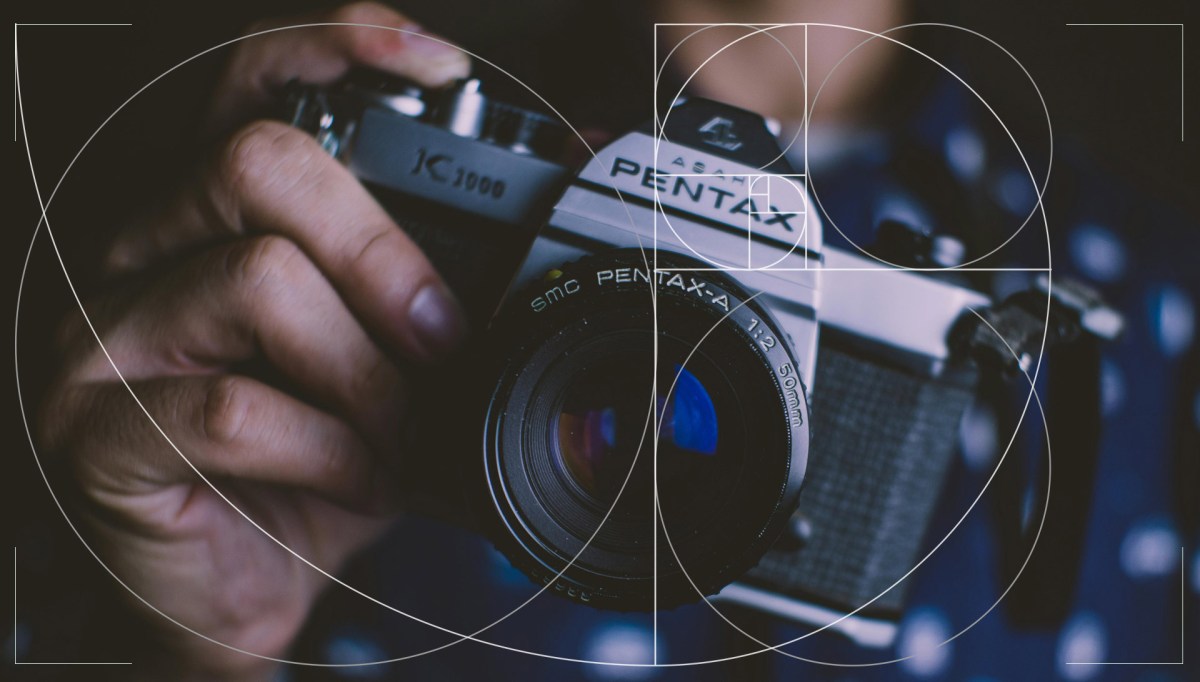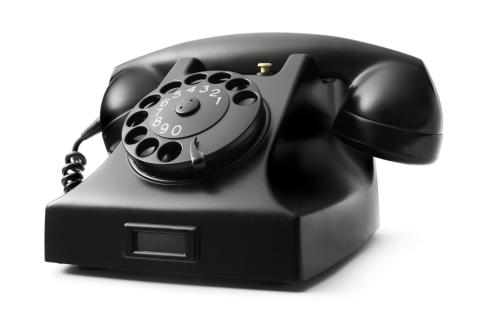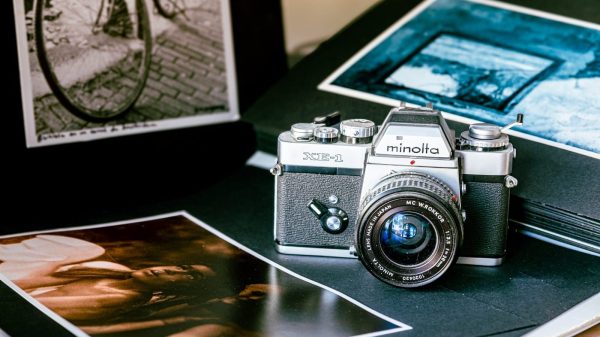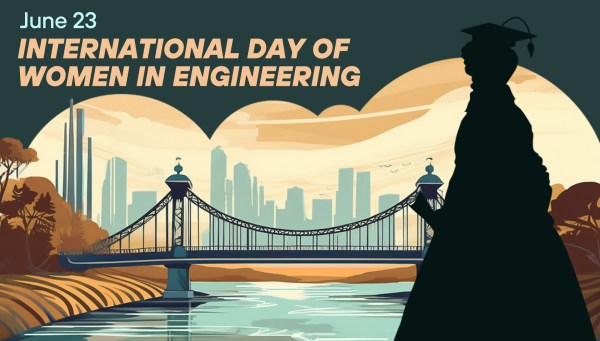- Since 1991, every 19 August has been celebrated as Photography Day.
- It is celebrated on this date because it was on this day in 1839 that the daguerreotype was presented.
- In this article, we will review the careers of iconic figures in photography such as Capa and Taro, Cartier-Bresson, Leivobitz, García Rodero and Birniés.
To mark World Photography Day, which has been celebrated every 19 August since 1991, we will remember some of the most important photographers in history.
The date is no coincidence, as it was on 19 August 1839 that the French Academy of Sciences presented the daguerreotype, the precursor of photography, developed by Frenchman Louis Daguerre, from whom it took its name.
What is a daguerreotype?
Now that we have mentioned it, let’s briefly summarise what a daguerreotype is: it could be defined as the first commercially viable photographic process that produced a unique image created on a metal plate, exposed to light in a dark chamber and then treated with vapours and salt.
Widely used in the 1840s and 1850s, it involves a series of steps that may remind us of later photography: plate preparation, exposure, development and fixing.
Robert Capa and Gerda Taro
In addition to being a couple, Robert Capa (born Erno Friedmann, 1913-1954) and Gerda Taro (Gerta Pohorylle, 1910-1937) share a tragic end, having died while working as photojournalists in war zones: she in the Spanish Civil War and he in Indochina, in what is now Vietnam.
It was precisely during the Spanish conflict that the character of Robert Capa was born, a pseudonym used by the Hungarian photographer and German photographer to present themselves as an American photographer.
Capa’s name would go down in history in connection with images of war, such as the iconic Falling Soldier in the Spanish Civil War, the Normandy landings and the liberation of Paris.
He is considered the most famous photojournalist in history and she was the first woman to work in this profession, a legend that, unfortunately for both of them, was heightened by their deaths in tragic accidents in war zones: she was crushed by a tank after falling from the running board of the car in which she was travelling and he stepped on a mine.
Henri Cartier-Bresson
Co-founder, along with Robert Capa, among others, of the prestigious Magnum agency in 1947, Henri Cartier-Bresson (1908-2004) is considered the father of photojournalism, as well as popularising the term “decisive moment” to refer to the precise moment captured in an image when emotion, action and perfect composition converge.
In his own words, ‘the camera is a sketchbook, an instrument of intuition and spontaneity, the master of the instant that, in visual terms, questions and decides at the same time… It is through economy of means that simplicity of expression is achieved.’
Like Capa, Cartier-Bresson witnessed numerous historical events of the 20th century, such as the Spanish Civil War, World War II, the death of Gandhi and Mao’s victorious entry into Beijing after the Chinese Civil War.
Annie Leibovitz
Annie Leibovitz (1949) has a curious connection to the history of esports and is best known for her celebrity portraits, although she has also taken landscape photographs.
One of her most iconic photos is of Yoko Ono and John Lennon lying down, with him curled up and naked, in what would be the British singer’s last photo shoot before he was assassinated hours later on 8 December 1980.
The American photographer is considered the highest-paid in the world and has worked for magazines such as Rolling Stone, Vogue and Vanity Fair.
Cristina García Rodero
Cristina García Rodero (1949) has the honour of being the first Spanish national to join the prestigious Magnum agency, a milestone that occurred in 2009.
The photographer from La Mancha is known for her work portraying traditions, rituals and popular festivities in rural Spain, captured in her 1989 work España oculta (Hidden Spain).
As the author herself explains about this project, ‘I thought I could do something in five years, but in the end it took me fifteen. The more I researched, the more I found. And it became a challenge for me to discover these hidden traditions, to make them known and to ensure that they were not lost in history.’
Joana Biarnés
The Catalan Joana Biarnés (1935-2018) is considered the first female photojournalist in Spain and is responsible for immortalising one of the most important moments of the 1960s in our country: the Beatles’ tour.
In addition, Biarnés was responsible in 1970 for capturing for posterity the installation of the millionth telephone in Spain, portraying Carmen Sevilla surrounded by different models of telephones: magneto, the Custodia model and the Skeleton, as explained in a recent article on our blog.
As a curious fact, we could add that in the 1980s, disagreeing with the sensationalist turn her professional assignments were taking, she decided to leave the world of photography and switch to gastronomy, running a restaurant in Ibiza with her husband.











